Neuroplasticity
It takes somewhere between 5 and 10 days for someone to adapt completely to spectacles that invert the image of the world.
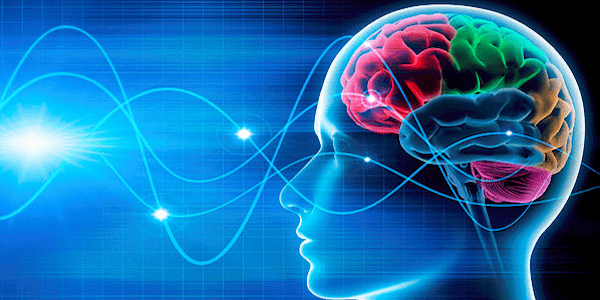

History
In the 1960s, it was discovered that neurons could “reorganize” after a traumatic event. Further research found that stress can change not only the functions but also the structure of the brain itself.
In the late 1990s, researchers found that stress can actually kill brain cells—although these conclusions are still not completely certain.
Neuroplasticity and Learning
For many decades, it was thought that the brain was a “nonrenewable organ,” that brain cells are bestowed in a finite amount and they slowly die as we age, whether we attempt to keep them around or not.
But advancement in research and studies, we learned that there are other ways for brain cells to die, other ways for them to adapt and reconnect, and perhaps even ways for them to regrow or replenish.
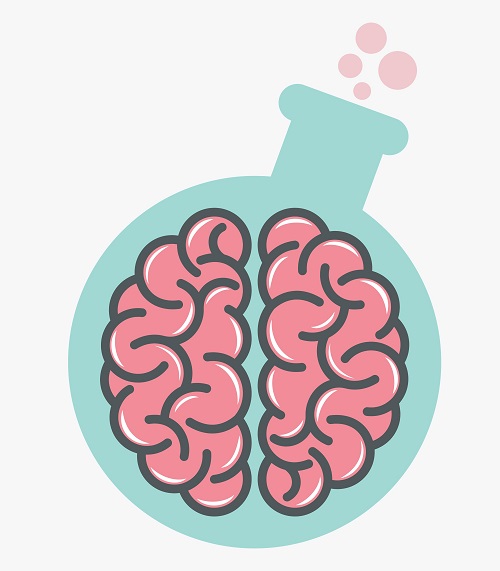
Videos
Enhancing the plasticity of the brain: Max Cynader at TEDxStanleyPark
The brain-changing benefits of exercise | Wendy Suzuki
You can grow new brain cells. Here’s how | Sandrine Thuret
Neurohacking: rewiring your brain | Don Vaughn | TEDxUCLA
Articles

How to Rewire Your Brain For Massive Success, According to Neuroscience
Engage in brain aerobics. Regardless of your age, there is an appropriate brain activity that will suit you and your lifestyle. …
Find fresh ideas. …
Envision the person you want to become. …
Focus on your long-term goals. …
Shift to an exponential mindset.

Does exercise increase neuroplasticity?
Physical exercise: why aerobic exercise enhances neurogenesis and neuroplasticity. … Through increased blood flow to the brain, physical exercise triggers biochemical changes that spur neuroplasticity – the production of new connections between neurons and even of neurons themselves.
Way To Increase Neuroplasticity
Neuroplasticity can be applied to help you manage, treat, and perhaps even “cure” anxiety, but it takes some time and effort! These more permanent brain changes can be achieved through adapting and changing thought patterns, through recall and memory patterning, breathing exercises, eye patterning, modifying postural habits, increasing body awareness, and targeting sensory perception. There aren’t many neuroplasticity exercises designed specifically for depression, but that doesn’t mean you can’t do anything about it.
All of these activities and exercises—many of which you’ll recognize from more traditional advice on managing depression—have been found to improve neuroplasticity and may be helpful for dealing with depression.
Benefits Of Neuroplasticity
There are tons of ways that neuroplasticity benefits the brain. Here are some of the other ways your brain benefits from brain adaptation:

Recovery from brain events like strokes

Recovery from traumatic brain injuries
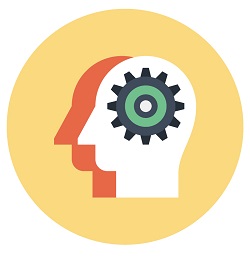
Ability to rewire functions in the brain
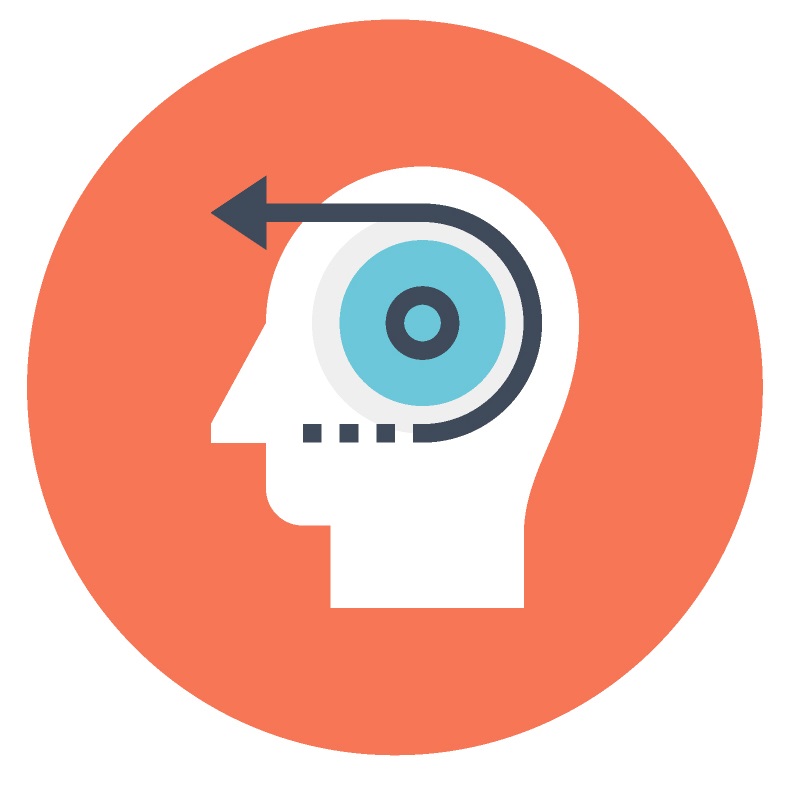
Losing function in one area may enhance functions in other areas
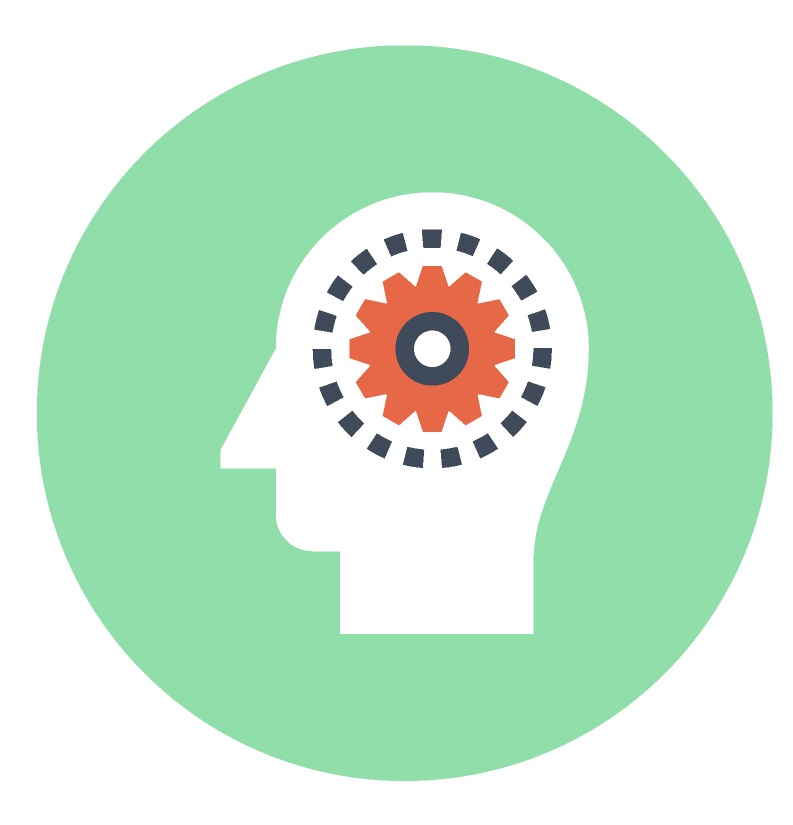
Enhanced memory abilities
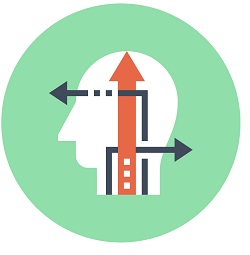
Wide range of enhanced cognitive abilities
Prof Richard Davidson
Prof Richard Davidson inspired me, in the same way, Dr. Davidson did nearly a decade ago. The deeper I delved into this material, the more dramatic the consequences and implications became for the “way” I conceived the special factors of a Session. Our Sessions are designed to positively impact the viewer’s “outlook” as if referred to in these presentations.
Long term meditation experts have commented that viewing a Positive Prime Sessions could be considered as a form of a “modern, accessible meditative practice.”
Prof Richard Davidson
As Seen on

Want To Learn More About Neuroplasticity?
Udemy offers numerous courses about Neuroplasticity.
Understand the concept of Neuroplasticity and how to use it

